1. Farmhouse Signs
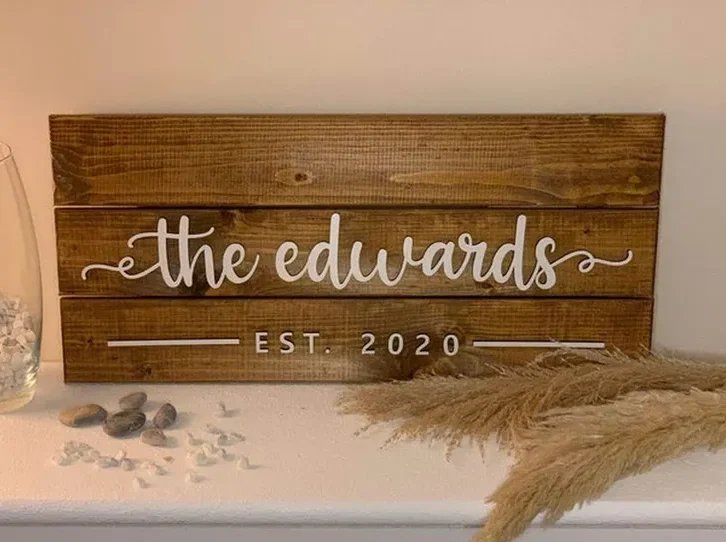
The iconic “Live, Laugh, Love” farmhouse signs that once dominated homes are quickly falling out of favor as decor trends shift toward modern minimalism. These wooden word art pieces, which became synonymous with rustic charm, are now seen as dated and overused. Homeowners are instead opting for more understated designs, such as abstract artwork, clean lines, and neutral palettes. The farmhouse aesthetic, while cozy, has lost its edge in favor of sleek, contemporary styles that emphasize simplicity and functionality.
Décor that once featured distressed finishes and bold lettering is now being replaced by subtle textures and modern materials like metal and glass. Additionally, the rise of Scandinavian and Japandi design influences has pushed homeowners toward minimalist yet warm interiors, leaving little room for cliché word art. For those still drawn to the farmhouse style, subtle nods like vintage vases or natural wood finishes are preferable over overt signage. According to Apartment Therapy, minimalist and intentional decor choices are reshaping how homeowners personalize their spaces. The departure from farmhouse signs signals a broader move toward timeless, less thematic home aesthetics.
2. Gallery Walls
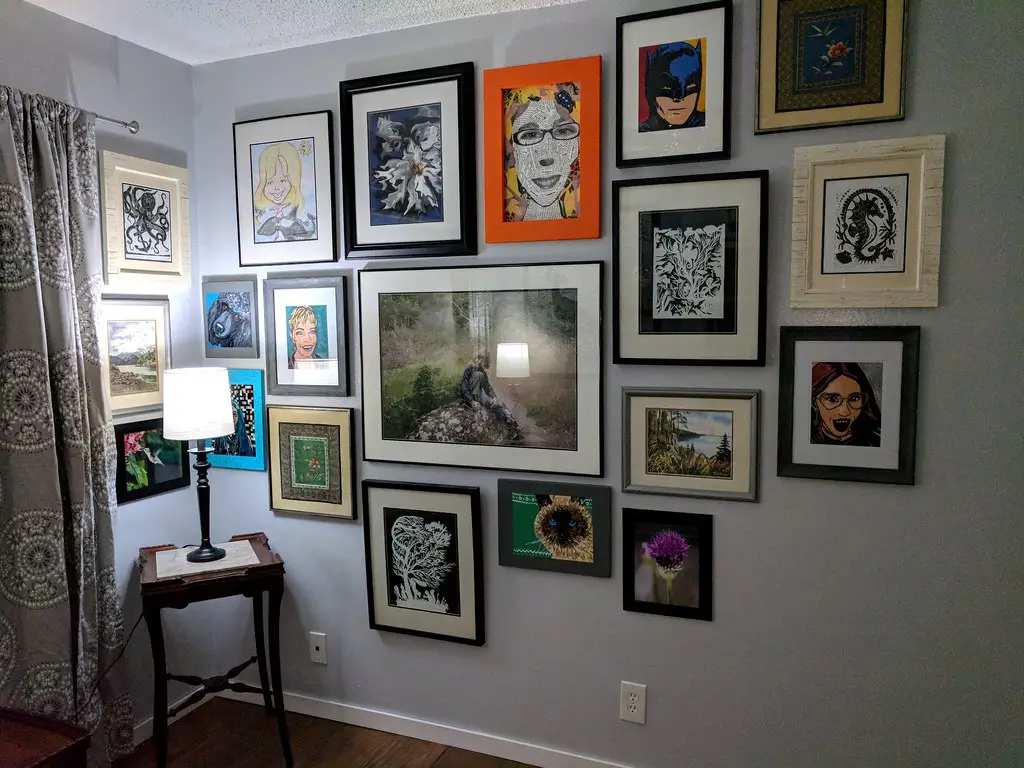
Gallery walls, once a staple of personalized home decor, are being replaced by bold, singular statement pieces that draw the eye. While gallery walls allowed homeowners to showcase an eclectic mix of art and photos, they often created visual clutter and required meticulous planning to look cohesive. Today’s trends favor simplicity, with oversized artwork, murals, or even large-format photography taking center stage. These statement pieces add a dramatic flair to a room without overwhelming the space, creating a cleaner, more curated look.
Additionally, homeowners are experimenting with unconventional materials like metal or textiles for wall decor, offering a fresh alternative to traditional framed pieces. Single works of art often serve as conversation starters and reflect the personality of the homeowner without the need for an entire collection. For those hesitant to part with their gallery walls, paring them down to a few well-chosen pieces can modernize the look. The shift from gallery walls to statement pieces reflects a growing preference for impactful, intentional design.
3. Shiplap Walls
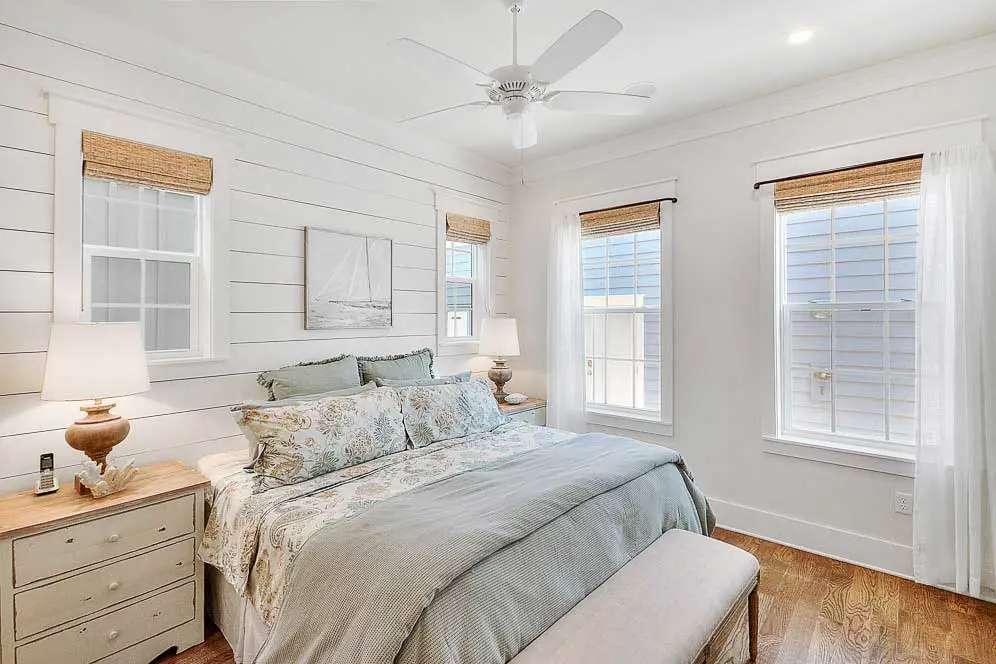
Once a beloved feature of farmhouse-inspired interiors, shiplap walls are steadily losing their charm as homeowners embrace more contemporary design elements. While shiplap gained fame for its rustic appeal, it is now being replaced by smooth walls adorned with bold paint colors or textured wallpapers. Designers are moving away from this overly replicated trend, favoring fresh approaches that feel more modern and unique.
Vibrant hues and geometric wallpaper patterns are taking the spotlight, offering a dynamic alternative to shiplap’s repetitive horizontal lines. Homeowners looking for texture are opting for wainscoting or fluted panels, which provide a more polished and updated aesthetic. The decline of shiplap is part of a broader departure from overtly rustic decor, as contemporary homes prioritize sophistication and simplicity. Sites like Dwell are great for inspiration on modern wall treatments. Moving beyond shiplap allows homeowners to explore creative ways to elevate their interiors with color and texture.
4. Open Shelving in Kitchens
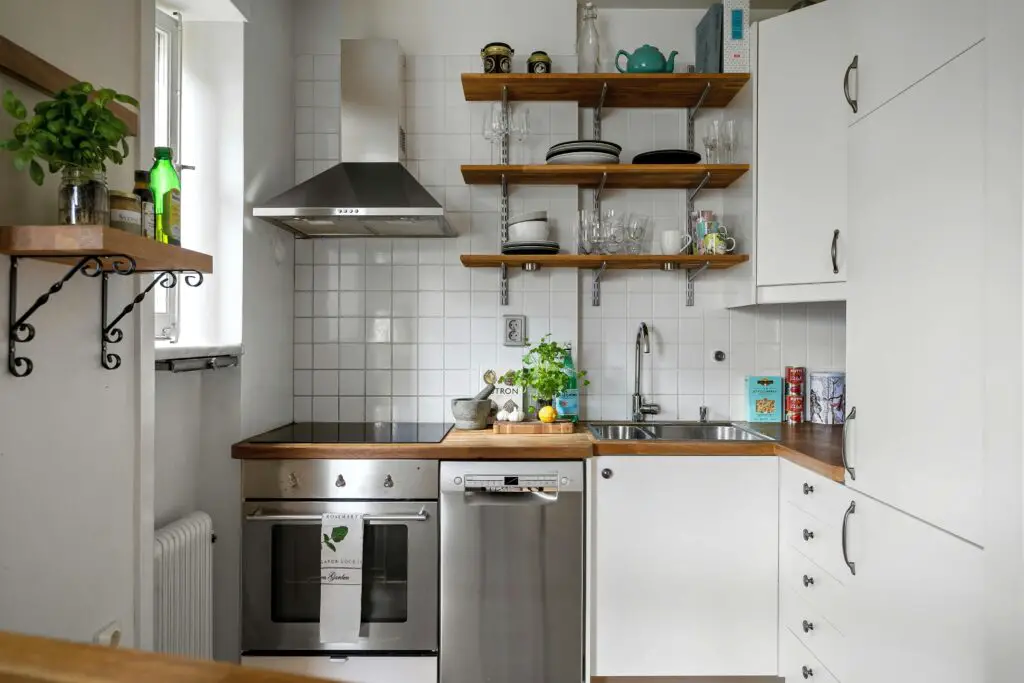
Open shelving in kitchens, once heralded for its chic and airy vibe, is now being reconsidered due to its impracticality. While the concept showcased dishware and decor beautifully, it often led to cluttered spaces and required constant upkeep to maintain an aesthetic look. Dust and grease accumulation also became major downsides for homeowners, making the open shelving trend less appealing over time. Closed cabinetry with smart storage solutions is making a comeback, offering functionality without sacrificing style.
Homeowners are opting for cabinets with innovative organizers, pull-out shelves, and minimalist designs that keep kitchens clean and efficient. For those who still love the open look, a mix of closed cabinets and a few well-placed open shelves can provide balance. Glass-front cabinets are another popular alternative, combining the best of both worlds by displaying items while protecting them from dust. HGTV programs have recently shown that kitchens are evolving toward a mix of practicality and aesthetics, emphasizing organized and clutter-free designs. The shift from open shelving reflects a growing demand for functional yet stylish kitchen solutions.
5. Gray Everything
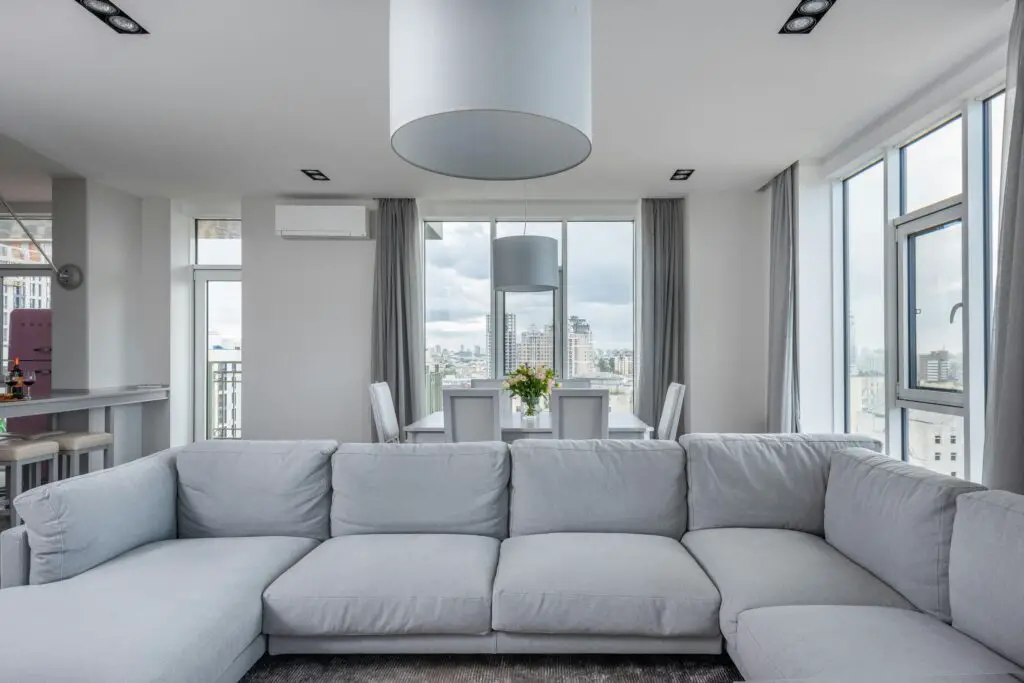
Gray tones, which once dominated interiors for their neutral versatility, are now being swapped out for warmer, more inviting colors. Shades like terracotta, ochre, taupe, and even deep greens are taking center stage, adding depth and personality to home decor. While gray offered a safe and modern palette, its overuse has made it feel sterile and monotonous in many spaces. Designers are embracing earthy and jewel tones that create a cozy and dynamic atmosphere, moving away from the stark coolness of gray.
Accent walls, furniture, and textiles are now featuring bolder hues that add vibrancy without overwhelming the space. Additionally, warmer tones pair well with natural materials like wood and stone, enhancing their organic appeal. Homeowners are blending these colors with neutral bases to create a balanced yet lively environment. Better Homes & Gardens provides lots of insight into trending color palettes. The decline of all-gray decor marks a renewed interest in color and warmth, making homes feel more personalized and inviting.
6. Edison Bulbs
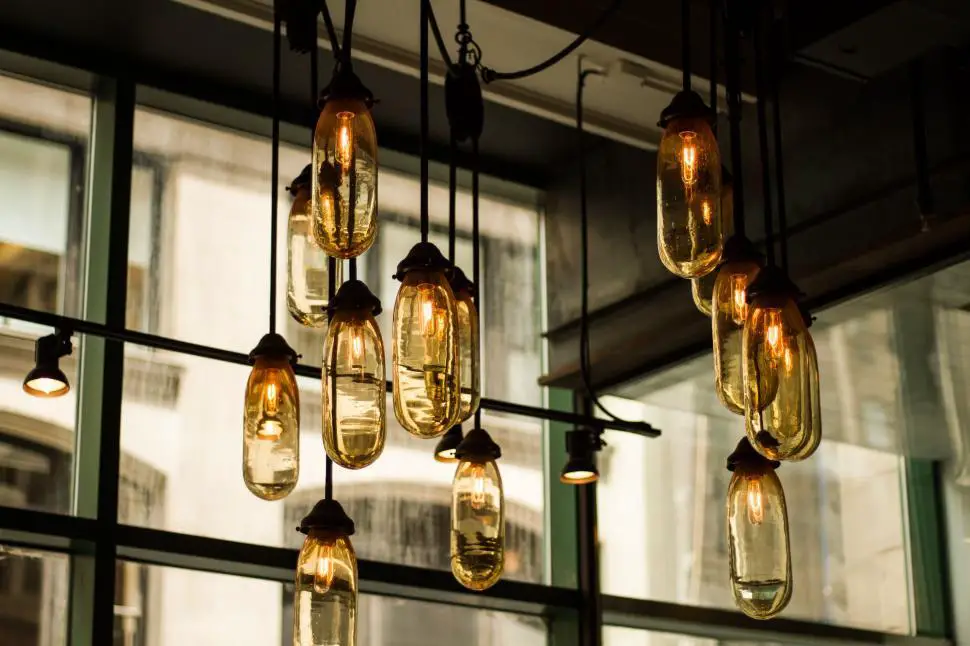
Edison bulbs, once celebrated for their vintage charm and industrial aesthetic, are being replaced by modern lighting fixtures with sleek, sculptural designs. While these bulbs provided a warm, nostalgic glow, their practicality and energy efficiency have been called into question. Homeowners are now opting for integrated LED technology, which offers longer lifespans and lower energy consumption. Contemporary fixtures featuring geometric shapes, mixed materials, and minimalist designs are gaining popularity, adding a modern touch to any space.
Additionally, layered lighting concepts—combining ambient, task, and accent lighting—are replacing the simplistic appeal of exposed Edison bulbs. Smart lighting options, such as voice-activated or app-controlled systems, are also taking over, offering convenience and flexibility. For those who still love the vintage look, LED filament bulbs provide a similar aesthetic with improved energy efficiency. For guidance on upgrading your lighting, check out sites like Lighting Trends. The shift away from Edison bulbs highlights a move toward more functional and forward-thinking lighting solutions.
7. Granite Countertops
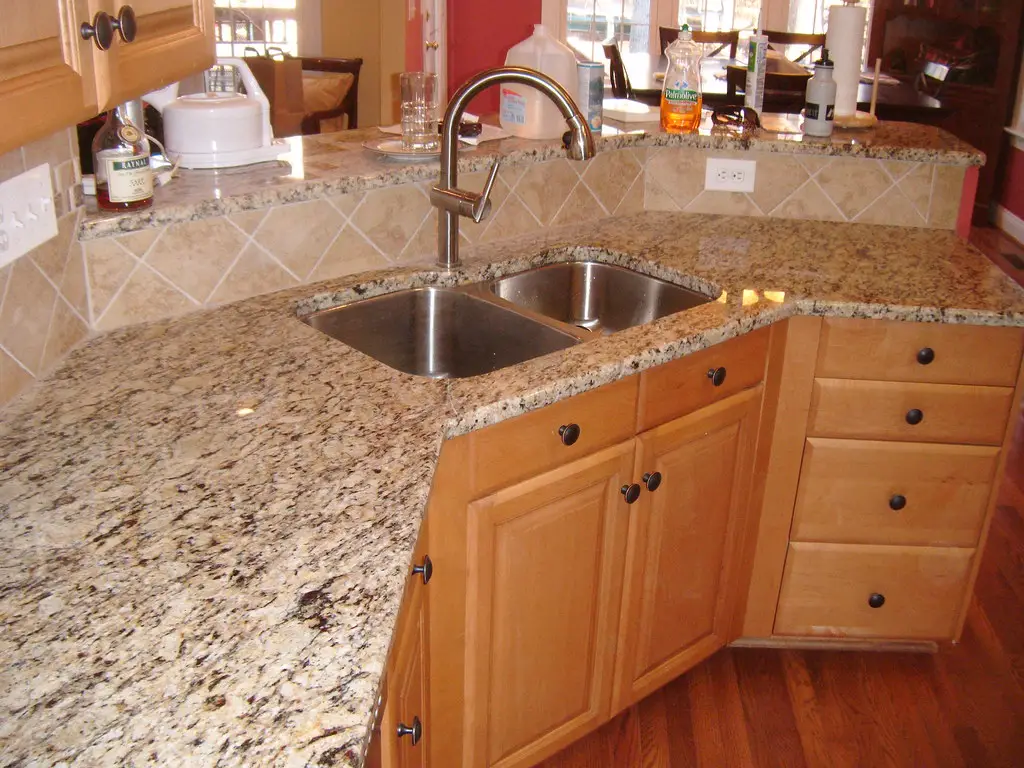
Granite countertops, once a symbol of luxury in kitchens and bathrooms, are being replaced by more contemporary materials like quartz, concrete, and recycled composites. While granite offers durability and a timeless look, it requires regular sealing and maintenance to keep it in top condition. Quartz, on the other hand, provides a sleek appearance with minimal upkeep, making it a favorite among busy homeowners.
Recycled materials and concrete add a unique, modern flair and align with the growing demand for sustainable design. These alternatives also come in a wider variety of colors and patterns, allowing homeowners to customize their spaces with greater flexibility. Additionally, quartz and other engineered surfaces resist stains and scratches better than granite, offering both style and practicality. Modern countertop materials are gaining ground for their durability and eco-friendly qualities. The decline of granite reflects a broader shift toward materials that combine aesthetics, functionality, and sustainability.
8. Oversized Sectionals
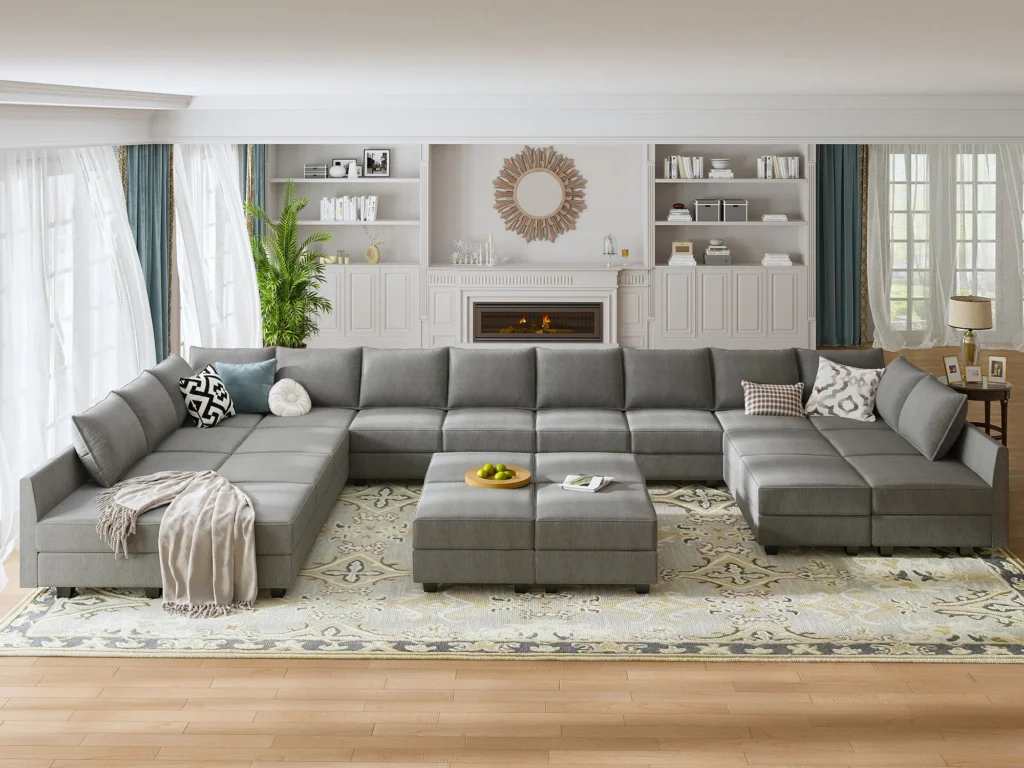
Oversized sectionals, once popular for their ability to fill large living rooms, are losing their appeal as homeowners prioritize flexibility and functionality. While these massive couches offered plenty of seating, they often dominated the space, making rooms feel cramped and less versatile. Today, modular and space-saving furniture is taking over, allowing homeowners to reconfigure seating arrangements as needed. Modular sofas provide the same comfort but with added adaptability, fitting seamlessly into both large and small spaces. Additionally, mid-century-inspired designs with slimmer profiles are becoming a preferred choice for those seeking both style and practicality.
Homeowners are embracing multifunctional furniture, such as sectionals with built-in storage or pull-out beds, to maximize utility. Bold, colorful upholstery and mixed textures, like velvet and leather, are also replacing the neutral grays and browns that often defined oversized sectionals. For those who still love large seating arrangements, breaking up the room with complementary furniture like accent chairs or coffee tables can maintain balance. For inspiration on modern seating options, Architectural Digest is packed with ideas. The decline of oversized sectionals reflects a broader trend toward more thoughtful, adaptable living room designs.
9. Matching Furniture Sets
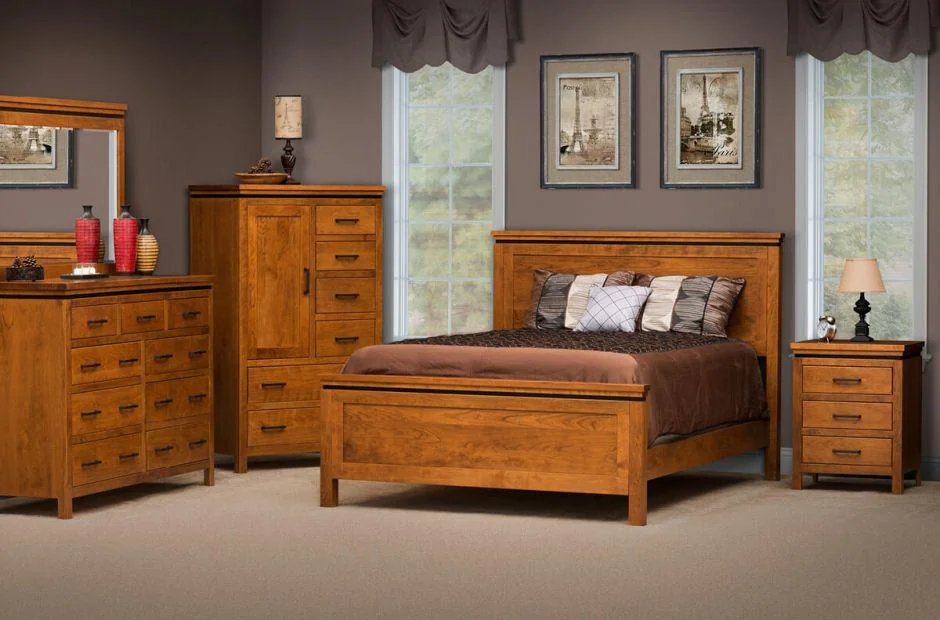
The days of perfectly matching furniture sets dominating a room are officially over. While coordinated pieces once symbolized order and sophistication, they’re now seen as uninspired and overly uniform. Modern design trends embrace eclectic, curated spaces that mix textures, materials, and styles to create a personalized aesthetic. For instance, pairing a vintage wood coffee table with a sleek, modern sofa adds character and interest to a living room.
Mixing different finishes, like matte metals and natural wood, also creates a more dynamic and layered look. This shift away from uniformity reflects a growing preference for homes that tell a story and showcase individual taste. Homeowners are now seeking out unique, statement-making pieces from thrift stores, artisan markets, and online retailers to achieve a one-of-a-kind vibe. Mixing and matching furniture is a simple way to add depth and personality to a space. By breaking free from the constraints of matching sets, homeowners are creating interiors that feel fresh, lived-in, and authentically theirs.
10. Statement Clocks
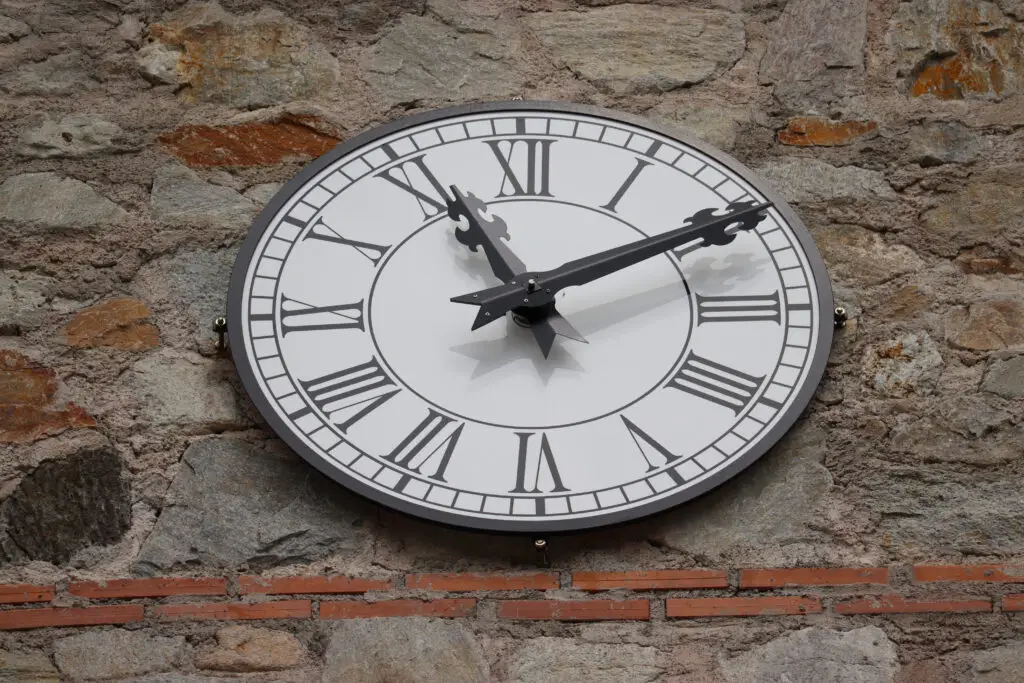
Oversized statement clocks, once a go-to piece for wall decor, are gradually falling out of favor. In an age dominated by smartphones and smartwatches, these large, often ornate timepieces are being replaced by more practical and artistic options. Homeowners are now favoring functional decor like wall art, mirrors, or shelving units that contribute more to the room’s design and utility. While statement clocks were once considered both decorative and practical, their purpose has diminished as digital devices have taken over timekeeping.
Instead of oversized clocks, bold murals, framed artwork, or creative lighting installations are being used to fill wall space. For those who still appreciate the aesthetic appeal of clocks, minimalist and modern designs with clean lines offer a more contemporary take. The trend toward multifunctional and visually striking decor aligns with broader shifts in home design. For ideas on alternative wall decor, MyDomaine takes a look at all of the recent trends. The decline of statement clocks marks a transition toward decor that prioritizes artistic value and utility over traditional functionality.
11. Barn Doors
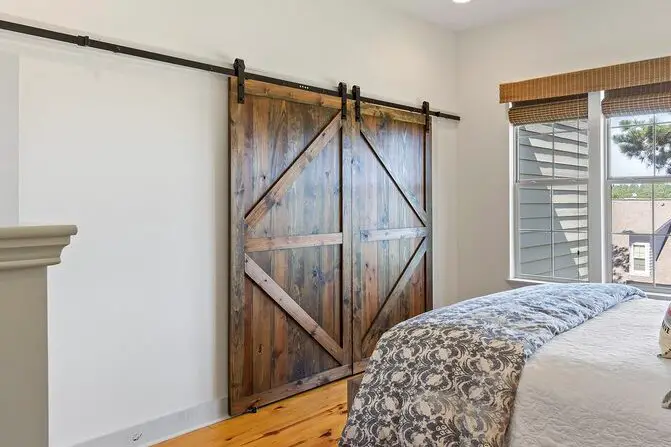
The rustic barn door trend, once a hallmark of farmhouse-style interiors, is finally losing steam as contemporary designs take the spotlight. Barn doors were loved for their charm and space-saving qualities, but their overly rustic aesthetic no longer aligns with modern tastes. Homeowners are now opting for sleek alternatives like pocket doors, pivot doors, or sliding glass panels that offer the same functionality with a more streamlined look. These modern options provide a cleaner and more versatile design that fits seamlessly into various decor styles.
Additionally, traditional hinged doors are making a comeback in updated finishes and bold colors, adding a touch of elegance to interiors. For those who still appreciate barn doors, using them sparingly in non-dominant spaces like laundry rooms or pantries can keep the look fresh without overwhelming the overall aesthetic. Updating door designs can have a significant impact on modernizing a home. The move away from barn doors signals a broader preference for understated, contemporary design elements.
12. Accent Walls
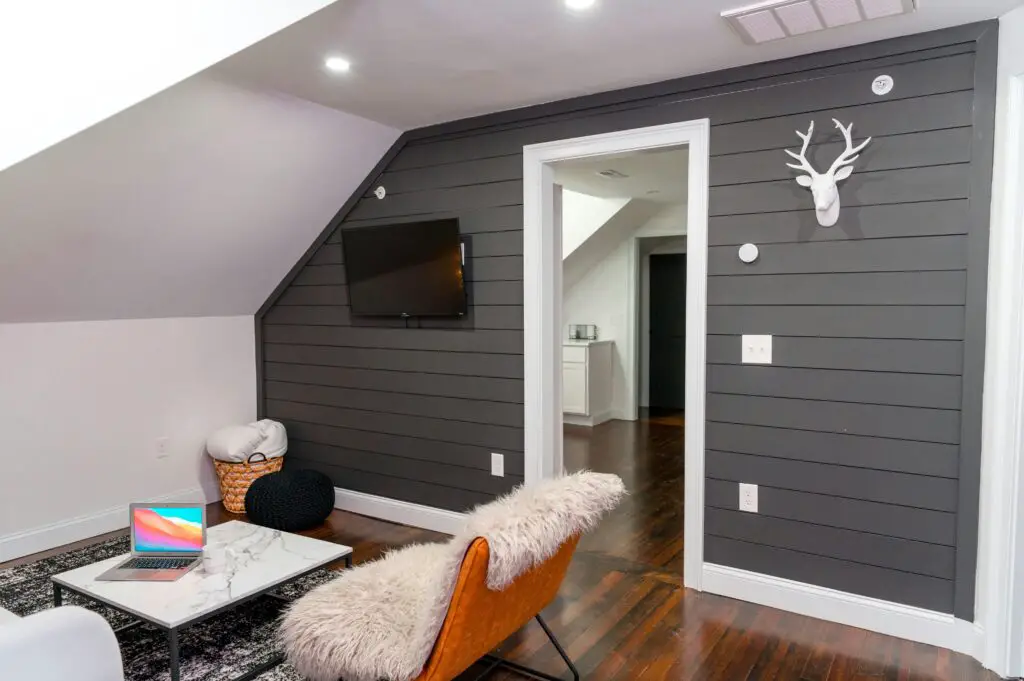
Accent walls, once a go-to design choice for adding a pop of color or texture, are steadily being replaced by more cohesive full-room designs. While a bold, single-color wall was popular for its ability to create a focal point, it is now seen as outdated and disconnected from current trends. Homeowners are moving toward painting entire rooms in rich, saturated hues or opting for textured wall finishes like limewash, Venetian plaster, or wallpaper with intricate patterns.
These approaches provide depth and character without feeling isolated to just one wall. Additionally, monochromatic color schemes are becoming increasingly popular, creating a more unified and intentional look. Textural elements, such as wood paneling or three-dimensional wall art, are also being used to add visual interest in place of traditional accent walls. For tips on creating cohesive color palettes, visit Sherwin-Williams. The decline of accent walls reflects a growing emphasis on creating harmonious and immersive spaces.
13. Heavy Drapes
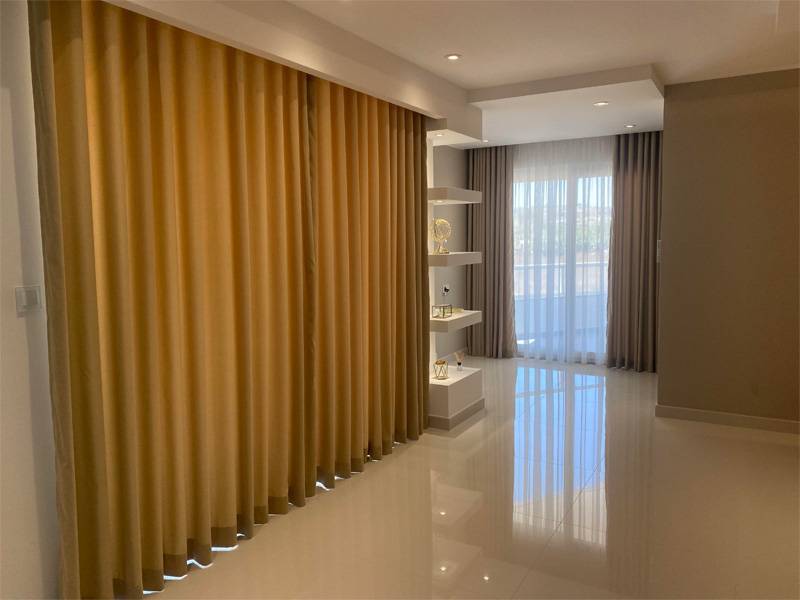
Thick, ornate drapes that were once synonymous with luxury are being replaced by lighter, more modern window treatments. Heavy curtains often block natural light and can make a space feel dark or overly formal. Today’s homeowners are favoring sheer panels, simple blinds, or layered treatments that allow sunlight to filter through while maintaining privacy. Materials like linen, cotton, and bamboo are popular for their airy, minimalist appeal, aligning with current trends toward brighter and more natural interiors. Light, neutral-colored treatments also complement a wider range of decor styles, making them a versatile choice.
Homeowners are increasingly opting for motorized blinds or smart window treatments, which add convenience and a high-tech touch to modern spaces. For those who love drapes, floor-to-ceiling sheer curtains in light fabrics can provide elegance without overwhelming the room. According to design sites like The Spruce, updated window treatments are one of the easiest ways to refresh a space. The transition from heavy drapes to light, functional options reflects the desire for brighter, more open living spaces.
